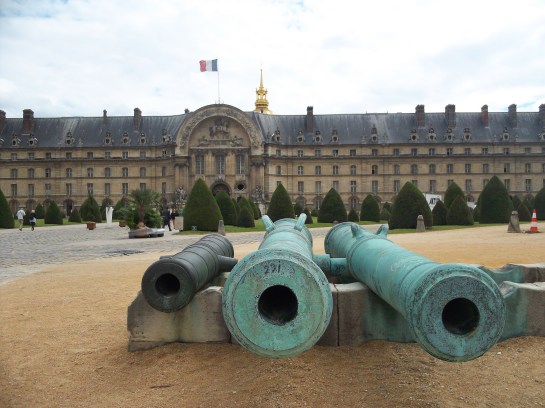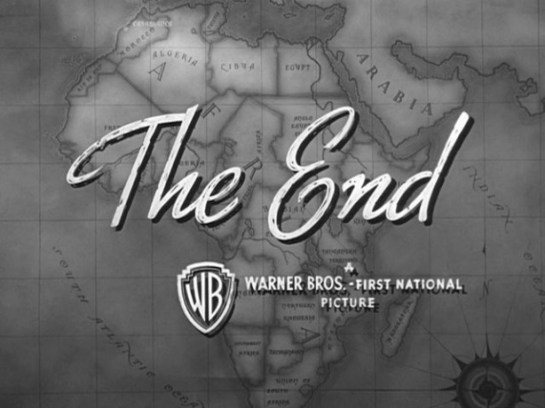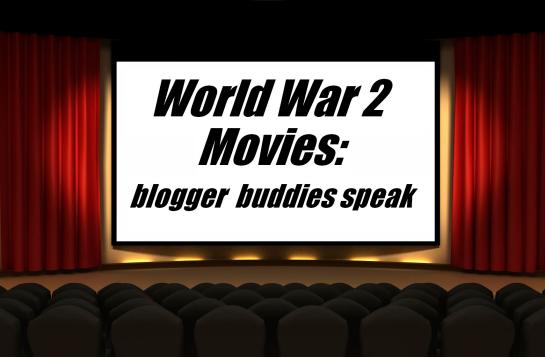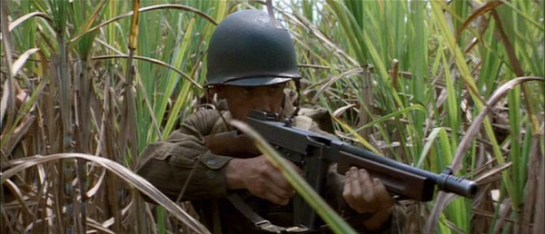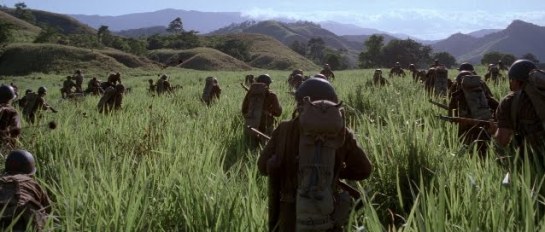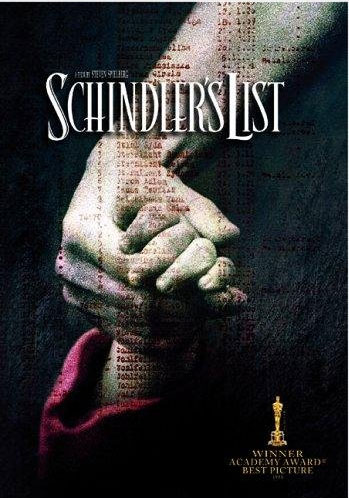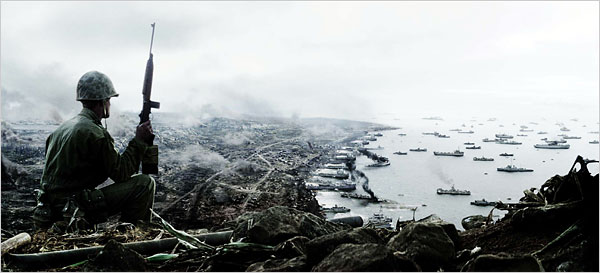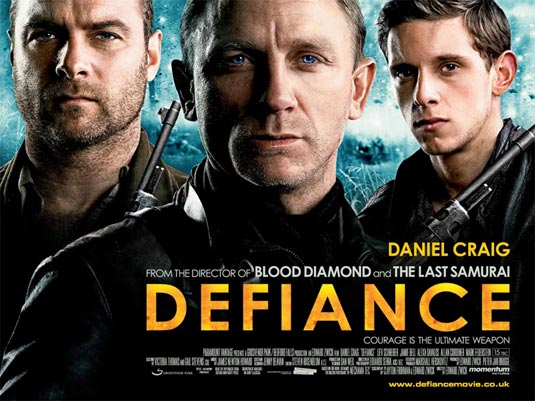After a short hour and a half flight from Little Rock to Chicago my wife Jacki and I were ready for the big leg of this crazy adventure we began planning months ago – Paris, France. The flight from Chicago took off around 5:45 PM. After close to 9 hours we crossed the Atlantic and made a successful landing at Charles de Gaulle International Airport in Paris at around 9:40 AM. Neither of us had slept much on the flight over. Maybe it was excitement, adrenaline, whatever. But that didn’t matter. All of our planning was about to be put to the test and this, the greatest adventure we have set out on in these 17 wonderful years of marriage, was upon us.
We navigated through the airport almost as if we knew what we were doing, got our first ever passport stamp, and made our way with our two carry-on bags to the “sortie” (a term I had learned in planning). We found our exit where a steady parade of taxi’s picked up travelers to take them to their destinations. We had an older gentlemen who never spoke a word other than “Bonjour”. I gave him a piece of paper with the name and address of our hotel. He knew right where to go and off we went with a nod. I sat in that back seat thinking “Whew, one of my biggest concerns is behind me”. That concern wasn’t flying. It was navigating the international airport for the first time in a foreign country. It went very well.
Our driver sped along before running into some pretty heavy traffic. We couldn’t help but notice how seemingly few rules there must be to driving in Paris. Scooters and motorcycles zipped by and weaved between cars. Vehicles would, for the most part, force themselves over in front of you. This resulted in a few brake stomps by our driver which had Jacki gripping the seat in front of her. As I looked at the surroundings outside my window, I remember saying to myself “This isn’t nearly as pretty as I expected”. That was soon to change. In almost a snap of the finger, we saw the breathtaking Arc de Triomphe. Welcome to Paris! The city architecture had changed before our eyes and I was stunned at the massive monument before us and the gorgeous buildings running down the street. We took several turns before the taxi made its way down the cobblestone pedestrian street of Rue Cler. Front door service to the Grand Hotel Leveque in the 7th arrondissement.
We jumped out, grabbed our bags, and tried not to look as stunned as we really were. The cab fare after a tip was around 57 euros, steep but the best option for first time travelers. The cool blue and gold hotel metal awning stood right in front of us and we walked in. We were greeted by a friendly young lady who informed us that our rooms wouldn’t be ready until around 2:00 PM. That made sense, after all it was only around 11:30 AM. But they had a luggage room so we left our bags and headed out to explore our new neighborhood.
It was Monday and I had read that Rue Cler wasn’t as lively on that day as others. We strolled through getting acquainted with our new street feeling like we were seeing a real bit of Paris. There were shops specializing in cheese, bread, fish, chocolate, and pastries, some open, others not. Three different cafes caught our attention. It was getting close to noon so why not start out by getting a bite to eat. I broke out my fractured French on a nice young waiter who spoke a little English. Our meal was pretty good but the experience was priceless. French chatter surrounded us at every table and the people-watching was all we envisioned it to be. We set there and smiled at each other fully aware that we were really in Paris.
We finished then started walking. I mentioned walking towards the Eiffel Tower since our itinerary had us starting with it. The clouds were thick and gray and rain sprinkles made it even colder. We made our way to Champs de Mars and there before us stood Eiffel’s tower. It was pretty amazing at first even though we had seen it in hundreds of photos, movies, and TV shows. We walked towards it barely avoiding mud puddles as our eyes stayed focused on the once controversial metal structure. Jacki was wrapped up but kept mentioning how cold she was. She quickly became aware that she had packed too lightly, skipping a jacket for light sweaters. As the rain and wind picked up, we decided to skip the Eiffel line and find her a warmer layer.
We made our way down a couple of streets and eventually to a souvenir shop where Jacki bought an overpriced pink hooded sweatshirt that screamed “I’m a tourist”. She didn’t care and quickly pulled it on. It’s not that the hoodie was ugly, it just stood out brightly among the grays, browns, and blacks worn by the locals. The sweatshirt became an ongoing joke throughout our trip and in turn a fun memory that we wouldn’t trade. With both of us now dressed warmly we took to the streets once again.
At first I was worrying that even with my usually solid skills at navigating and learning my surroundings, this was going to be tough. We meandered through streets trying to get our bearings and match them with our Fodor’s map. We finally ended up at Les Invalides. We headed to the Army Museum and after tons of searching we finally found the entrance. We bought our six-day museum pass at the ticket counter and then went straight to the World War I and World War 2 wings. AMAZING! The amount of exhibits and information was overwhelming. From authentic uniforms to authentic weaponry, the museum starts at the beginning of the war and moves to its end touching on everything including the rise of Nazism, the American entry, the Russian progression, the concentration camps, and the eventual end of the European campaign. We were blown away by what we had seen.
We finished our tour just as the museum was closing and at closing time they waste no time ushering people out. After a few pictures of the building, we headed to the front of the Invalides and sat on the small wall and watched the traffic. This was another one of those small moments that we will cherish. A high traffic circle is in front of the Invalides facing the Seine. There are no traffic lanes and the cars weave and cut in to try to get where they’re going. Bicycles shoot right in the middle of the congestion with unwavering confidence. Road rage only goes as far as honking horns. All of that made for good theater for these two new travelers from Arkansas.
After watching the cars for a bit, we crossed over and headed towards the beautiful Pont Alexandre III bridge. We snapped photos and admired the beauty of the bridge and the Seine it covered. On one side of the bridge a bride was having her wedding pictures made and several other tourists posed for pictures that, like ours, would end up in a vacation photo album. We left the bridge and admired the Grand Palais and Petit Palais before hanging a right at the Champs Elysees. At this point we were getting a little tired. It wasn’t that we were feeling any real jet lag. In fact, that really surprised me. I was expecting some sort of internal clock malfunction that would cause us to flatline. Instead we just felt like we had been up past bedtime (which we had).
We sat on a little bench and watched the traffic before hopping up and heading to Place de la Concorde. I was so excited to see what I thought were two of the prettiest fountains in Paris and of course the Obelisk. So much amazing history is tied into the square and it was pretty overwhelming. Cameras snapped and cars whizzed by but I still felt as though I was standing somewhere very, very significant. We scooted across the busy street to the beautiful Tuileries Gardens. We lounged in two of the cool reclining chairs by the huge pool and made ourselves believe we were Parisians. After making our way to the other side of the garden, we crossed back over the Seine and ended up on Boulevard Saint-Germain. It was getting late and we were getting hungry so we stopped at a little cafe and had a pretty good meal. It wasn’t the best but the waiter was friendly and the time together talking about what we had seen was wonderful. After a fantastic chocolate dessert we headed out. It was dark and we enjoyed the rather lengthy night-time stroll back to Rue Cler. But we were ready for some sleep.
Our hotel room was waiting for us. Grand Hotel Leveque has one tiny glass elevator for one person and a piece of luggage. It was quaint as was our hotel room on the third floor, room 32. We arrived and opened the streetside window to let in some of the street’s ambiance. Our room was small but clean and it offered everything we wanted. We showered, turned out the lights, and had no problem falling asleep. It had been a really long day. But it was also a perfect way to kickstart our vacation and we had so much more ahead of us.




